Most cherished buildings were destroyed under the Khmer Rouge, but a number of historic sites survived and remain intact. From ancient temples to extravagant palaces, Cambodia’s capital is a treasure trove of architectural wonders.
Here are some architectural highlights of Cambodia’s new era of cultural identity
The Royal Palace and Silver Pagoda
Buddhist Temple, History Museum, Shrine
In 1866, the royal family moved from the ancient capital of Oudong to the newly built Royal Palace. The next year, Phnom Penh was officially named the country’s capital. Remaining King Sihamoni’s official residence, sections are open to the public. The palace compound is also home to the Silver Pagoda, named after the five tonnes of silver that cover its floor. Originally constructed of wood by King Norodom in 1892, it was rebuilt in 1962 in its current form.
Wat Langka
Buddhist Temple
Founded in 1442, Wat Langka is one of Phnom Penh’s oldest and most important temples. Established as a sanctuary for the Holy Writings and meeting place for Sri Lankan and Cambodian monks, it is still home to a large collection of ancient scriptures. During the Khmer Rouge reign, temples were torn down. However, Wat Langka came off relatively unscathed as it was used as a storehouse by soldiers. Many of the teaching monks are of the country’s most highly regarded. Guests can roam the sprawling grounds and temples, provided they behave respectfully.
National Olympic Stadium
Park, Stadium
Designed by founding father of the New Khmer Architecture movement Vann Molyvan, the Olympic Stadium stands proud as one of his remaining creations. Built in 1963 and 1964, it takes in the striking lines and sharp blocks that were signatures of the architectural style. Entry to the 84,000-seat outdoor arena is free. It is home to a sports arena and swimming pool, with sports such as boxing, volleyball, gymnastics taking place inside. Astroturf pitches and a running track are also included. The area comes to life at dusk, with locals attending aerobics classes, hitting the tracks or kicking about a football.
Central Market
Market
Established in 1937, Central Market, known locally as Phsar Thmei, is a unique Art Deco interpretation of a traditional market, with a well-designed dome forming the centrepiece. Initially designed by Jean Desbois, its creation was overseen by French architect Louis Chauchon and Russian-born engineer Wladimir Kandaouroff. It remains one of the capital’s most iconic pieces of architecture and top tourist attractions. Stalls sell everything from jewellery, gems and trinkets to homeware, food, souvenirs and handicrafts. The central dome is surrounded by stalls. This is popular with tourists, with prices reflecting that.
Chaktomuk Conference Hall
Theatre
Chaktomuk Conference Hall is another of Van Molyvann’s creations. Sitting on the riverside, on the banks of the Tonle Sap, it opened in 1961 in time to host the sixth conference of the World Fellowship of Buddhists. The 570-seat auditorium is carefully designed to capture the breeze from the river, with its design inspired by an unfolding handheld fan.
Post Office
Building
Sitting proudly at the centre of Cambodia’s historic quarter (or French Quarter), the Post Office and many of the surrounding buildings in Post Office Square underwent huge restoration in 2004, taking them back to their former glory. The spacious Post Office was built in 1890 on the small square on Street 13. The huge yellow building once formed the centre of the capital’s administration and financial heart, and is often the first stop-off on archaeological and historical tours.
Institute of Foreign Languages
Building
This is another Van Molyvann masterpiece that was completed in 1972 as a teacher training college. Again, carefully designed to ensure air and light flows throughout the structures, the buildings contain elevated spaces with carefully placed daylight and cross-ventilation to eliminate the need for AC. The site’s plan and use of elevated walkways draw their influence from Angkor Wat. Today, it forms part of the Royal University of Phnom Penh, where a variety of languages are taught.
Angkorian architecture
Angkorrian architecture is the architecture produced by the Khmers during the Angkor period of the Khmer Empire from approximately the later half of the 8th century CE to the first half of the 15th century CE.
Thanks
Sren

